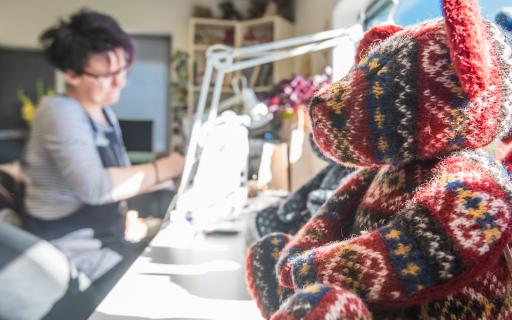
Whalsay
Named by the Vikings as the ‘island of whales’, Whalsay has been known since the 19th century as ‘The Bonnie Isle,’ thanks to its wildflowers, coastal walks and dramatic clifftop scenery. At 393 feet above sea level, the Wart of Clett, the highest point on the island, offers an unbeatable panorama of the east coast of mainland Shetland.
One of the most densely populated of all the Shetland Isles, Whalsay is home to a thriving fishing industry. The harbour at Symbister is filled with vessels of all sizes, from Viking-inspired ‘Shetland model’ pleasure boats to some of Europe’s largest deep-sea trawlers. In the far north of the island, Skaw is home to an 18-hole golf course – the most northerly in the UK.
Plan your visit

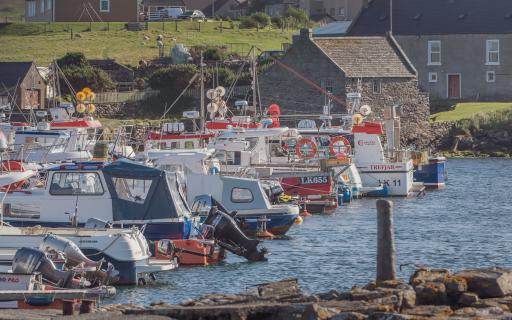
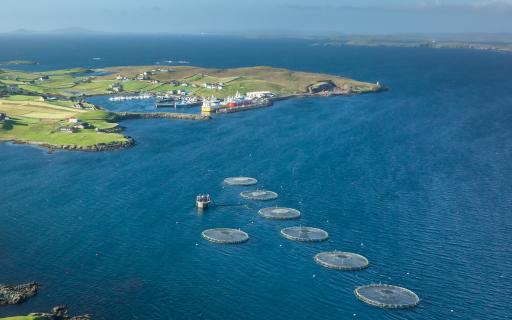
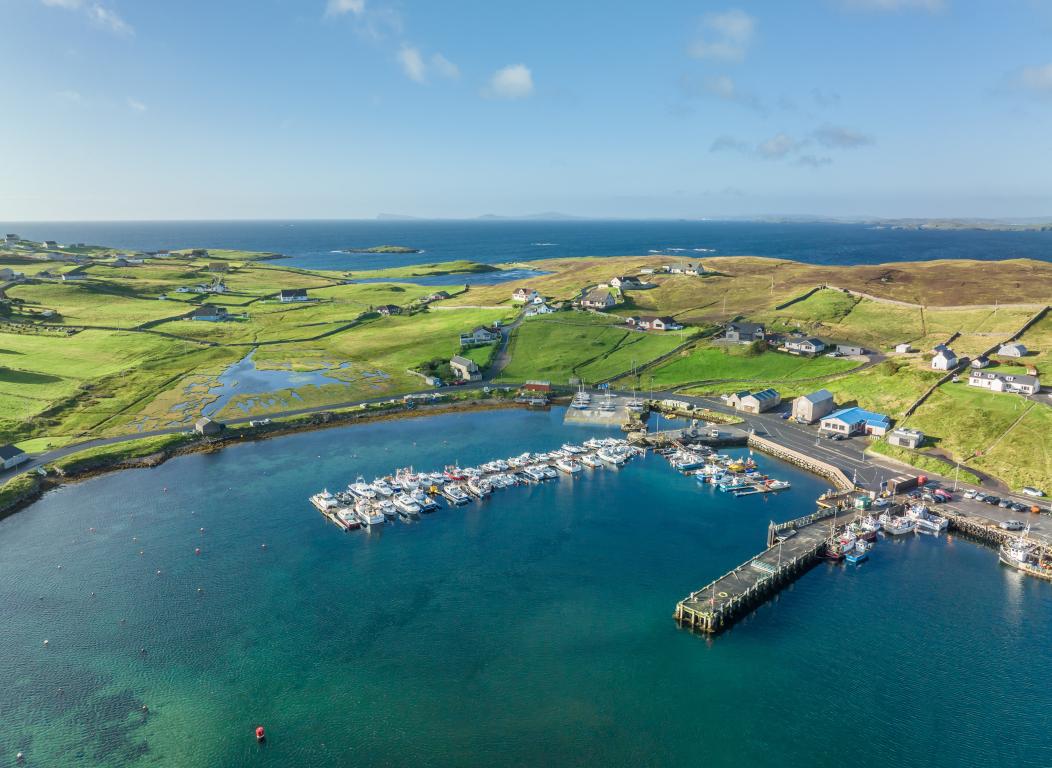
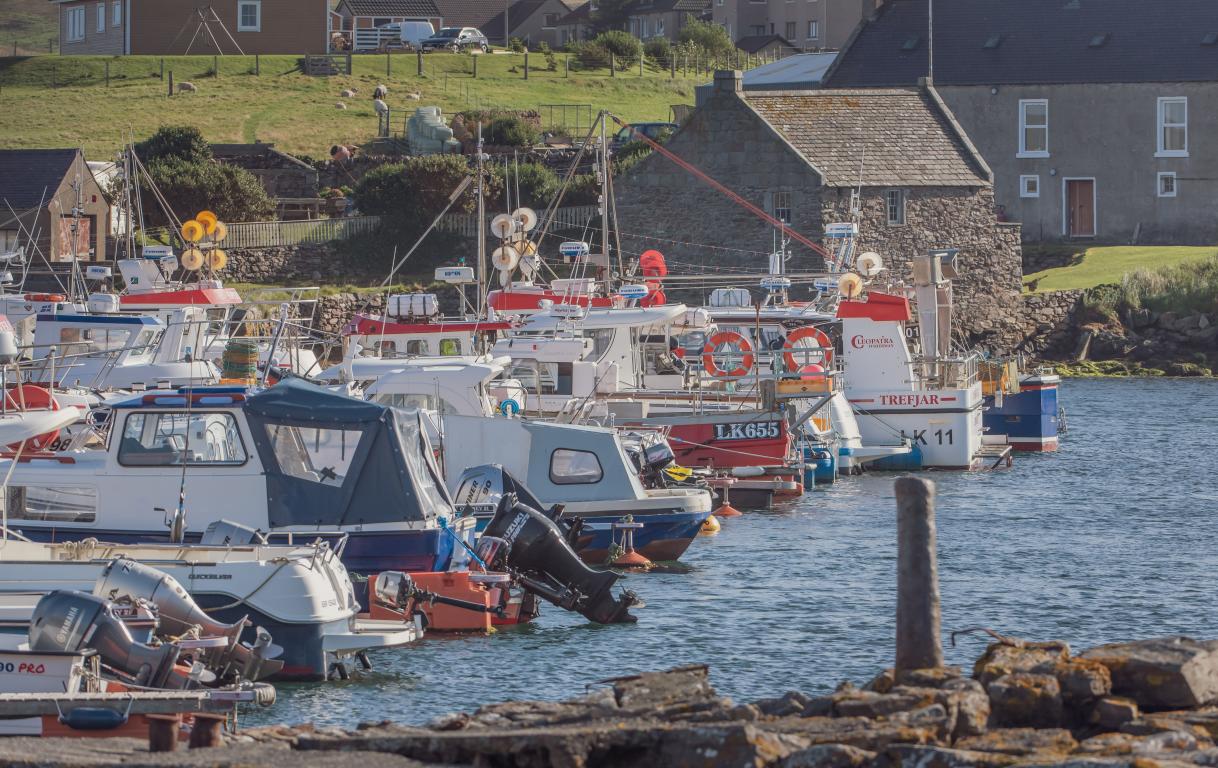
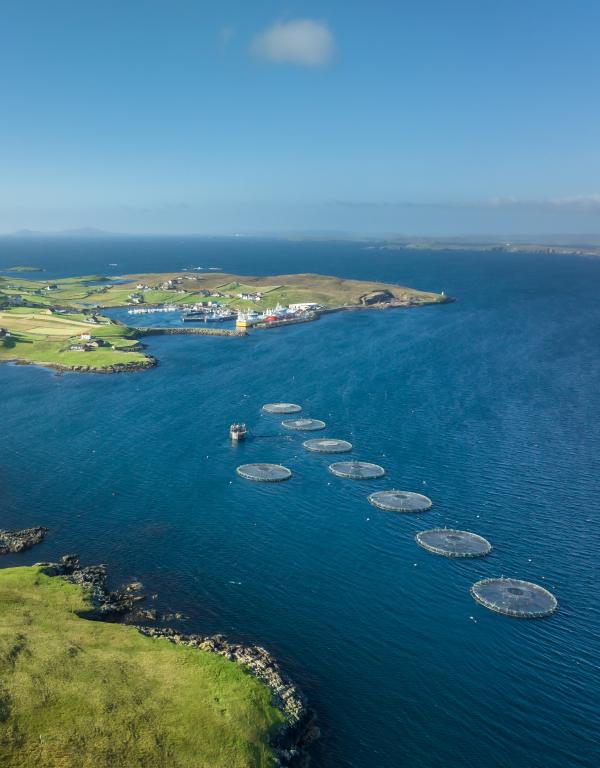
Get Inspired
Shetland Knitwear: A Cultural Icon
Explore the memories, history and contemporary production of Shetland knitwear through the eyes of Shetlanders Joanna Hunter, Ronnie Eunson and Jean Keith.

Shetland's Changing Seasons
From the switching on of chilli pepper lights, the Northern Lights in Winter to the thriving gardens and emerging wildlife of Summer, discover an array of small joys that the changing seasons can bring through the eyes of Shetlander Janice Armstrong.
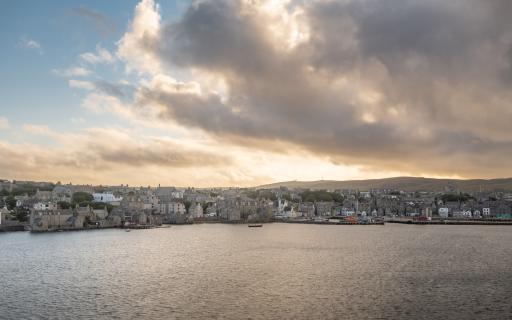
Favourite Places: Minn Beach and East Burra
"...it's absolutely stunning...there's always a seal bobbing around!"
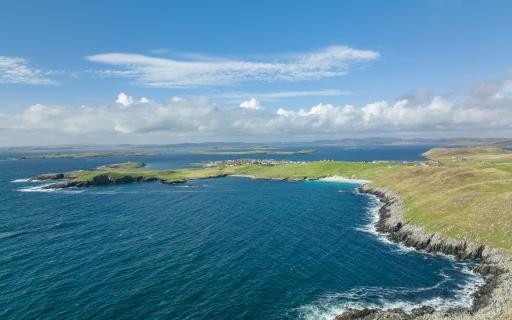
Plan your visit
Suggested Itineraries
You can visit Whalsay as part of these itineraries:
